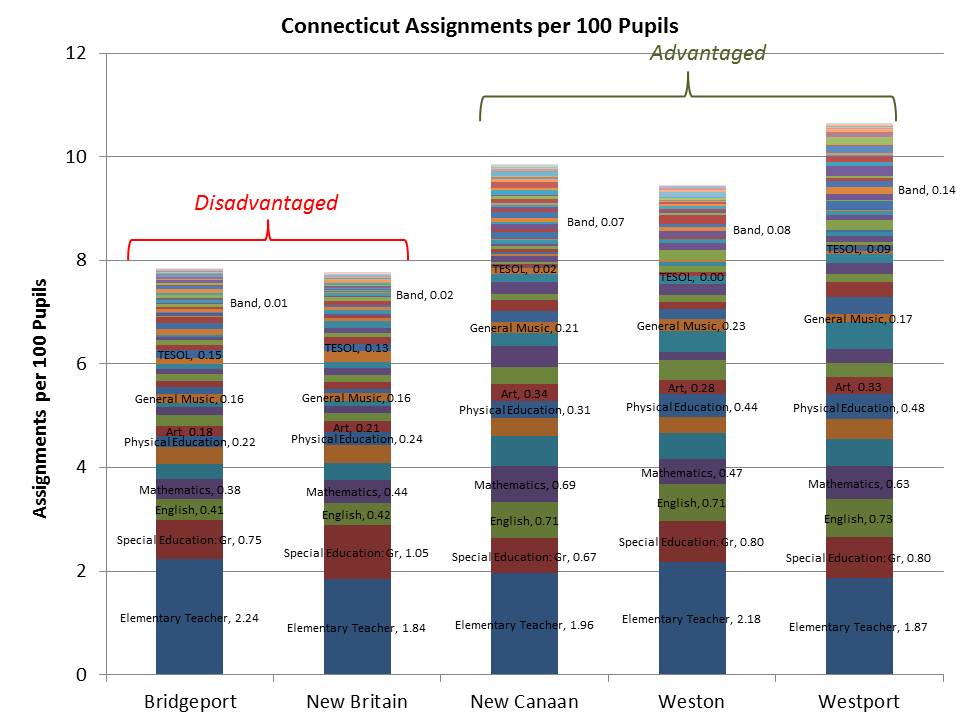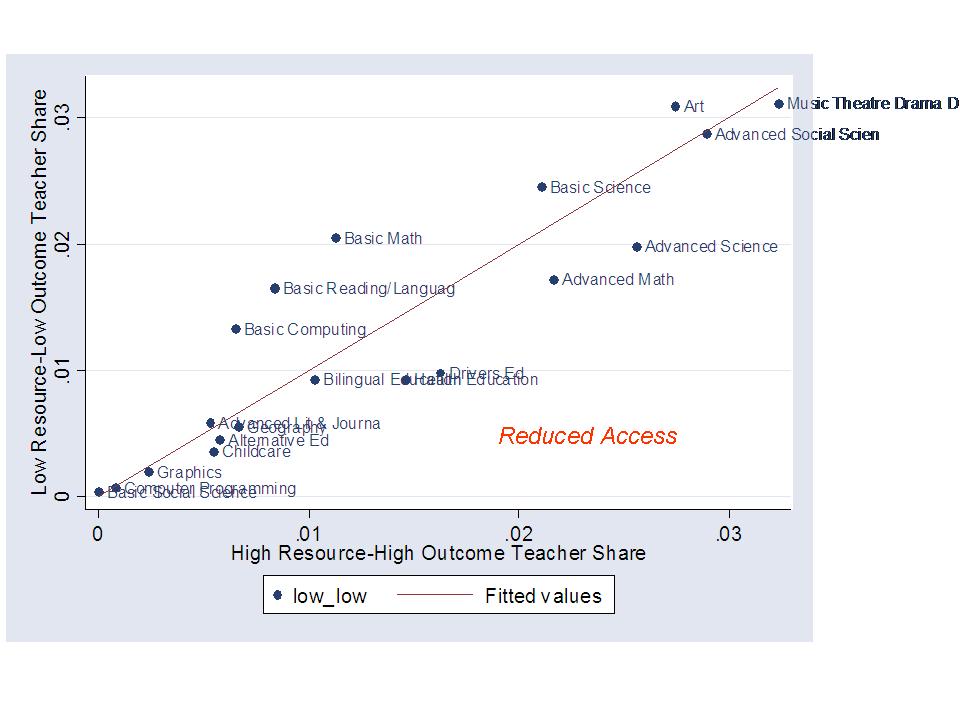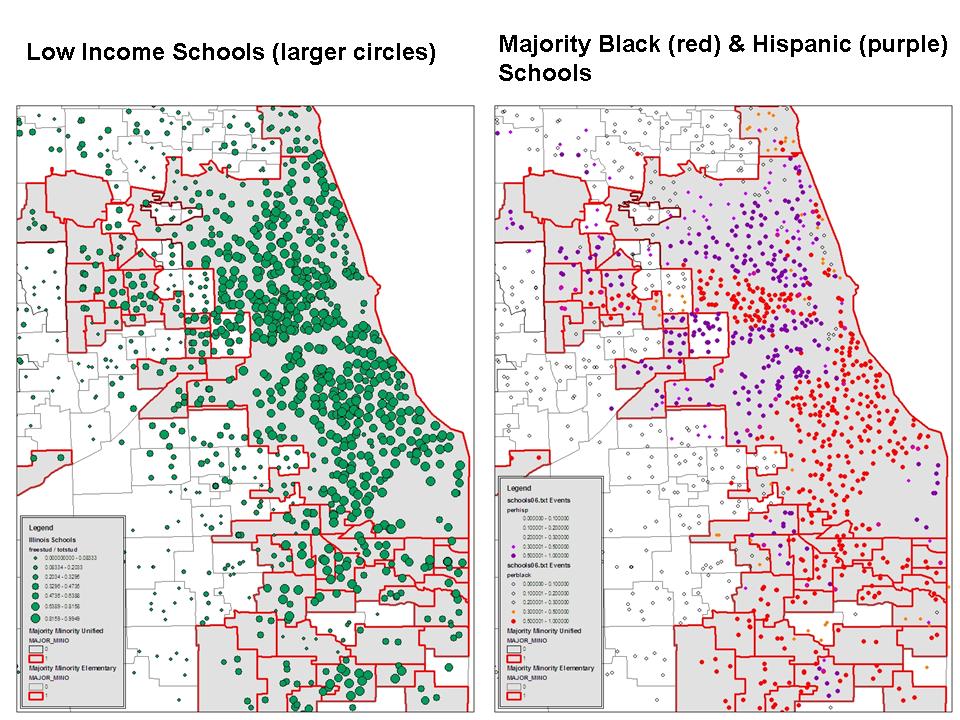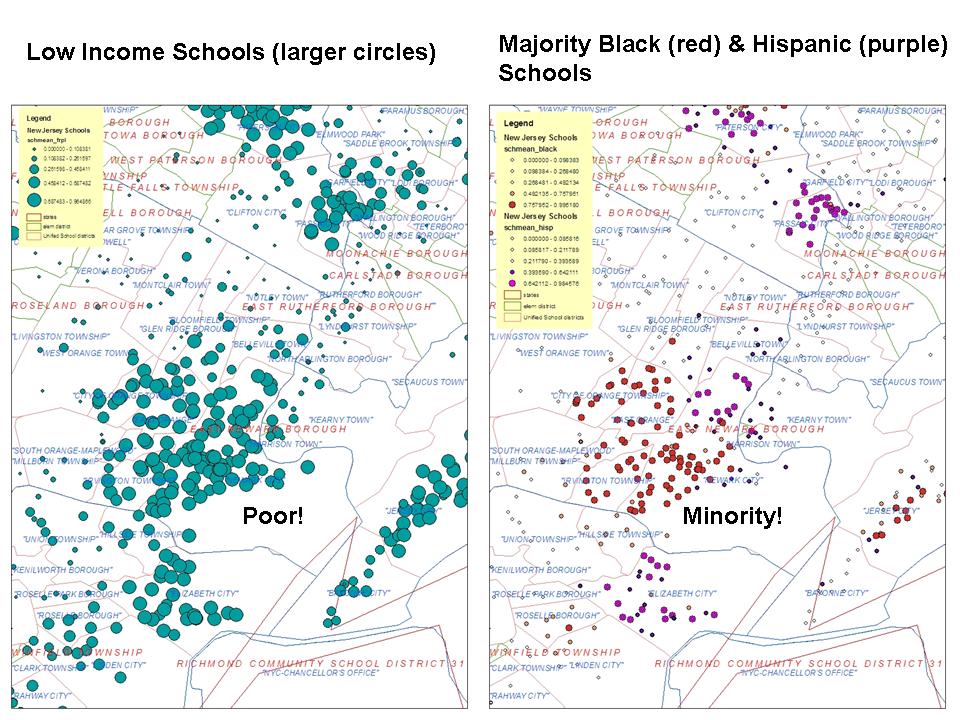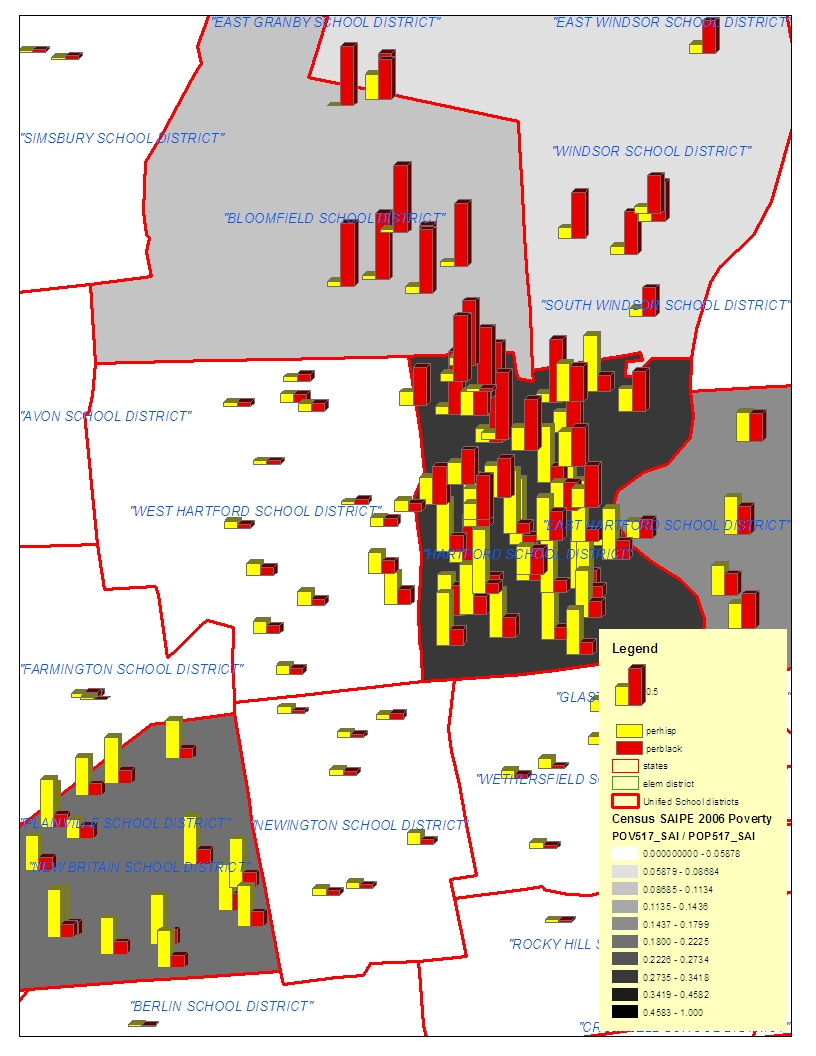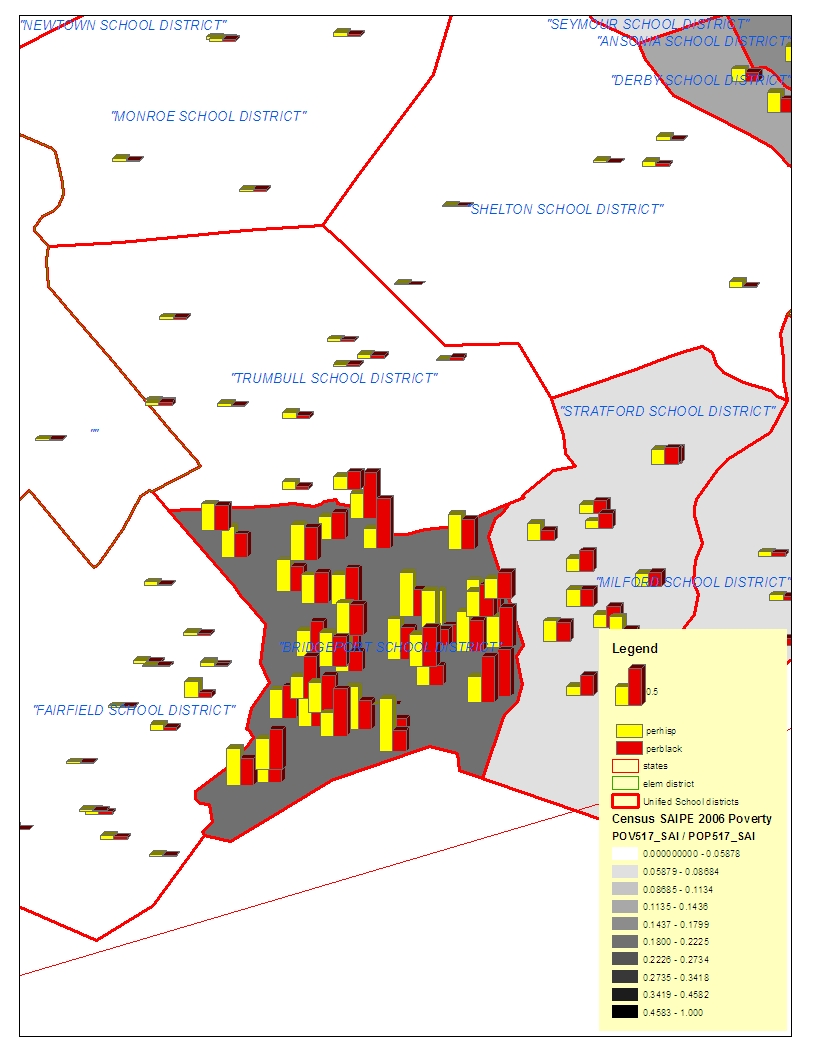I’ve heard it over and over again from reformy pundits. Funding equity? Been there done that. It doesn’t make a damn bit of difference. It’s all about teacher quality! (which of course has little or nothing to do with funding equity?). The bottom line is that equitable and adequate financing of schools is a NECESSARY UNDERLYING CONDITION FOR EVERYTHING ELSE!
I’m sick of hearing, from pundits who’ve never run a number themselves and have merely passed along copies of the meaningless NCES Table showing national average spending in high poverty districts slightly greater than that for lower poverty ones.
I’m sick of the various iterations of the “we’ve tripled spending and gotten nothing for it” argument and accompanying bogus graphs. And further, the implication put forward by pundits that these graphs and table taken together mean that we’ve put our effort into the finance side for kids in low-income schools, but it’s their damn lazy overpaid teachers who just aren’t cutting it.
I’m intrigued by those pundits who would point out that perhaps outcomes of low-income children have improved over the past few decades and that the improvement is entirely attributable to increased accountability measures (when the same pundits have argued previously that the massive increases in funding led to no improvement. Perhaps there has been improvement, and perhaps there has been some increase in funding on average… and perhaps that’s the connection? More insights on achievement gap closure and shifting resources here!).
I’m also sick of those who would so absurdly argue that districts serving low-income and minority children really have more than enough money to deliver good programs, but they’ve squandered it all on useless stuff like cheerleading and ceramics.
Anyway, the goal of this post is to point out some of the inexcusable inequalities that persist in K-12 education, inequalities that have real consequences for kids. Let’s take a look, for example, at two states that have persistently large achievement gaps between low-income and non-low income students – Illinois and Connecticut. These two states have somewhat different patterns of overall funding disparity, but suffice it to say, both states have their winners and losers, and the differences between them are ugly and unacceptable.
Let’s start with Connecticut. Below is a graph of Connecticut school district “need and cost adjusted current spending per pupil” and standardized test outcomes on the Connecticut Mastery Test (CMT). Expenditures are adjusted for differences on labor market competitive wages and for shares of children qualifying for free or reduced price lunch and for children with limited English language proficiency (based on estimates reported here). I’ve used essentially the same methods I discussed in this previous post.
 What we see here is that resources – after adjustment for needs and costs – vary widely. Heck, they vary quite substantially even without these adjustments! What we also see is that we’ve got some really high flyers, like Weston, New Canaan and Westport, and we’ve got some that, well, are a bit behind in both equitable resources and outcomes (Bridgeport and New Britain in particular). To be blunt, THIS MATTERS! Yeah.. okay, reformy pundits are saying, but they really have enough anyway. Why put anything else into those rat-holes.
What we see here is that resources – after adjustment for needs and costs – vary widely. Heck, they vary quite substantially even without these adjustments! What we also see is that we’ve got some really high flyers, like Weston, New Canaan and Westport, and we’ve got some that, well, are a bit behind in both equitable resources and outcomes (Bridgeport and New Britain in particular). To be blunt, THIS MATTERS! Yeah.. okay, reformy pundits are saying, but they really have enough anyway. Why put anything else into those rat-holes.
Let’s break it down a bit further. Here are the characteristics of a few of the most advantaged and most disadvantaged districts in the above figure.
But of course, all we need to do is reshuffle the deck chairs in Bridgeport and New Britain – fire their bottom 5% – heck let’s go for 20% teachers – pay the new ones based on test scores… and all will be fixed! Those deficits in average salaries might be a bit problematic. And even the nominal (no adjustments) spending figures fall well short of their advantaged neighbors. But bring on those reformy fixes, and throw in some funding cuts while you’re at it!
I’m sure… absolutely sure that the only reason those salaries are low is because they’ve wasted too much money on administrators and reducing class size… which we all know doesn’t accomplish anything???? But wait, here are the elementary class sizes?
Well, there goes that ridiculous reformy assumption. Class sizes are actually larger in these higher need districts! and Salaries lower. Damn cheerleading costs! Killing us! Perhaps it’s even going into junk like band and art which are obviously a waste of time and money on these kids!
Well, here are the staffing structures of the schools, with staffing positions reported per 100 pupils.
Hmmm… disadvantaged districts have far fewer total positions per child, and if we click and blow up the graph, we can see some striking discrepancies! Those high need districts have far more special education and bilingual education teachers (squeezing out other options, from their smaller pot!). Those high need districts have only about half the access to teachers in physical education assignments or art, much less access to Band (little or none to Orchestra), and significantly less access to math teachers!
But, okay… this Connecticut thing is a freakin’ anomaly, right? These kind of disparities – savage inequalities – are surely a thing of the past. This is, after all, THE POST-FUNDING EQUITY ERA? Been there and done that!
Let’s do the same walk through for a few Illinois districts. First, here are the graphs of need and cost adjusted (based on a cost model used in my previous post and related working paper) operating expenditures and outcomes –
For unified K-12 districts
Here are the basic stats on these districts
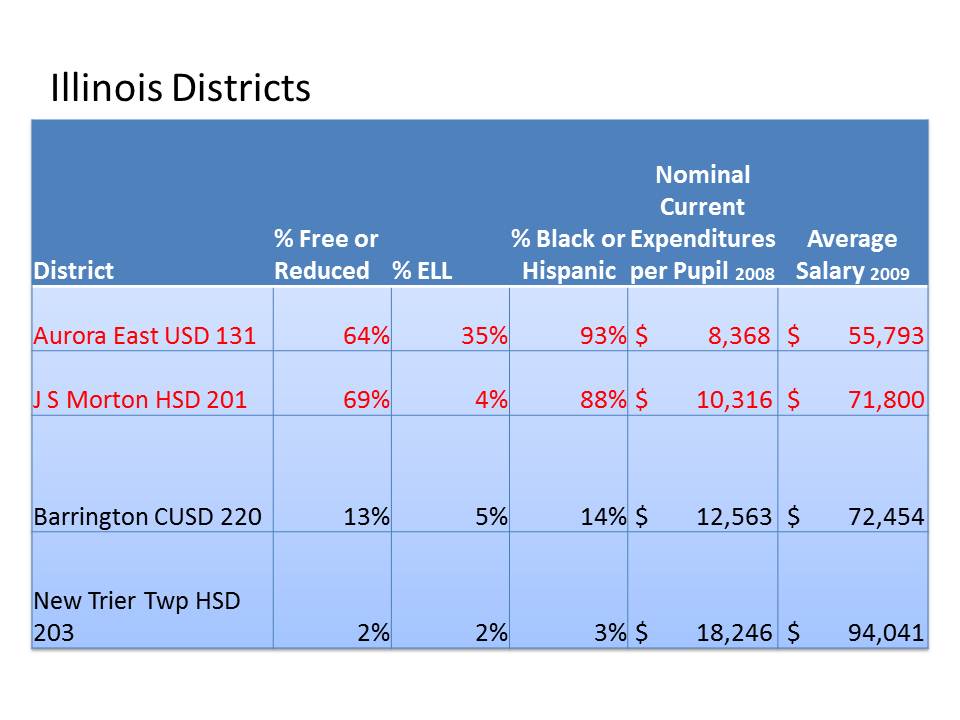 In this case, imagine trying to recruit and retain teachers of comparable quality in JS Morton to those in New Trier at $20k less on average, or in Aurora East compared to Barrington, at nearly $20k less. Ahh…you say… Baker… you’re making way too much of the funding issue. First, we know their wasting it all on small class size and cheerleading. Second, Baker… you’re missing the point that if we fire the bad teachers and pay the good teachers based on student test scores, those New Trier teachers will be banging down the door to get into J S Morton! That’s real reform dammit! And we know it works (even though we don’t have an ounce of freakin’ evidence to that effect!).
In this case, imagine trying to recruit and retain teachers of comparable quality in JS Morton to those in New Trier at $20k less on average, or in Aurora East compared to Barrington, at nearly $20k less. Ahh…you say… Baker… you’re making way too much of the funding issue. First, we know their wasting it all on small class size and cheerleading. Second, Baker… you’re missing the point that if we fire the bad teachers and pay the good teachers based on student test scores, those New Trier teachers will be banging down the door to get into J S Morton! That’s real reform dammit! And we know it works (even though we don’t have an ounce of freakin’ evidence to that effect!).
Clearly, if schools in Aurora East and JS Morton are slated for closure under NCLB (I’ve not checked this actually), it’s not because of poverty. It’s not for lack of resources… Clearly it’s their lazy, overpaid teachers who refuse to pull all-nighters with their kids to beat those odds????? To get those kids into calculus and trig classes presently filled with empty seats (and their own overpaid under-worked teachers!)
So, here’s what the staffing ratios look like.
First, those advantaged districts just have a lot more teacher assignments (position assignments) than the disadvantaged ones. And they especially have far more assignments in advanced math, advanced science, Library/Media, Art and music. There’s not a whole lot of squandering on extras going on in JS Morton and Aurora East. Like CT though, the disadvantaged districts do have bilingual education and special education teachers! The staffing disparities are baffling – Savage in fact!
In fact, I must be making this stuff up right. After all, THIS IS THE POST-FUNDING DISPARITY ERA? This kind of stuff is just pulled from the chapters of an old Kozol book! Teachers matter. Not funding. We all know that (except perhaps the various researchers who’ve actually explored the relationship between school funding reforms and student outcomes, only to find that it does matter).
Clearly, this matters. These funding disparities are substantial. And while these examples are selected from the extremes of the distributions, these districts have plenty of company at the extremes, and these districts fall along a clearly patterned continuum. And, with enough data and enough space, I could keep going and going here. CT and IL are not unique – though IL is clearly among the worst in the nation. New York anyone?
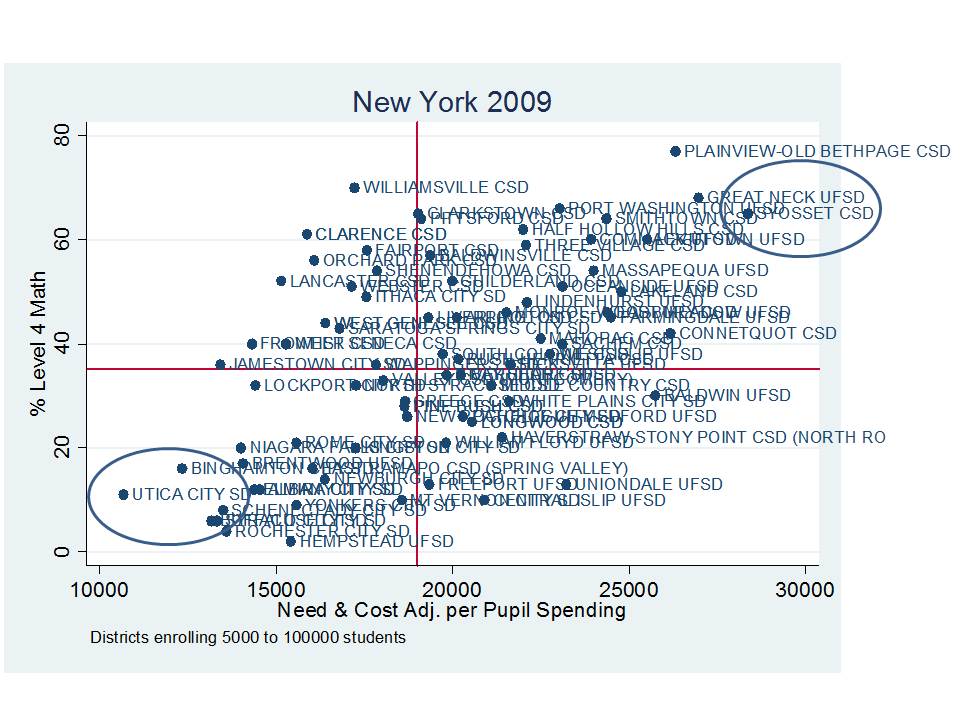 Utica is quite possibly one of the most financially screwed local public school districts in the nation (Poughkeepsie isn’t far behind)!
Utica is quite possibly one of the most financially screwed local public school districts in the nation (Poughkeepsie isn’t far behind)!
Arguably, there are entire states – like Tennessee and Arizona that are approaching (if they’ve not already surpassed) the conditions of districts like Utica, JS Morton, Bridgeport or New Britain.
Until we take these disparities seriously and stop counting on miracles and superman to give us a free ride, we’re not likely to make real progress on the “Scarsdale-Harlem” achievement gap.
Treating teachers like crap, cutting state funding, basing teacher salaries on student test scores will do nothing to correct these disparities, and will likely only make them worse. Nor can we expect to close the gap by simply replacing the current underfunded schools with comparably underfunded schools under new management (or simply paying parents of kids in these districts a discount rate to just go somewhere else, and never follow up on the kids). This reformy goo is a dangerous distraction from the real issues!
THIS IS NOT THE POST FUNDING EQUITY ERA.
FUNDING MATTERS.
GOOD EDUCATION IS EXPENSIVE & WORTH IT!
EQUITABLE AND ADEQUATE FUNDING IS A NECESSARY UNDERLYING CONDITION FOR THE FUTURE SUCCESS OF AMERICAN PUBLIC EDUCATION.


